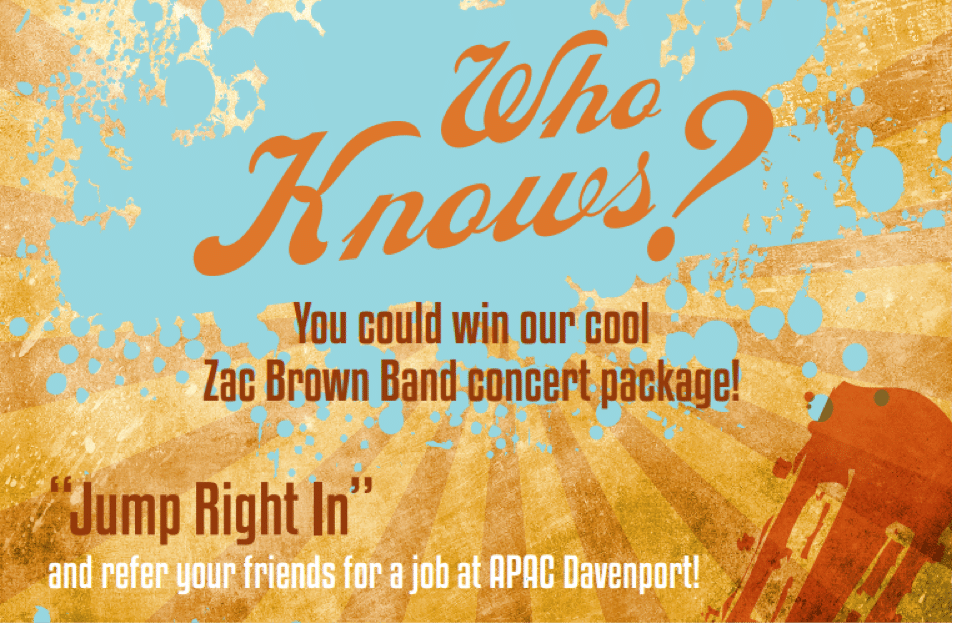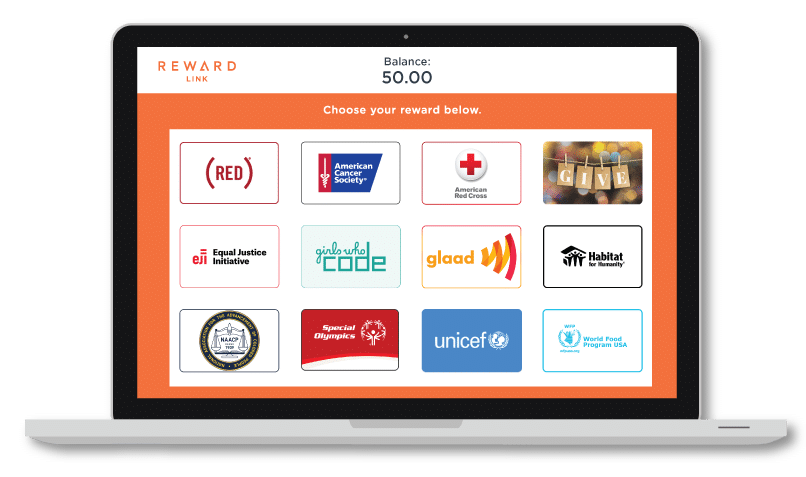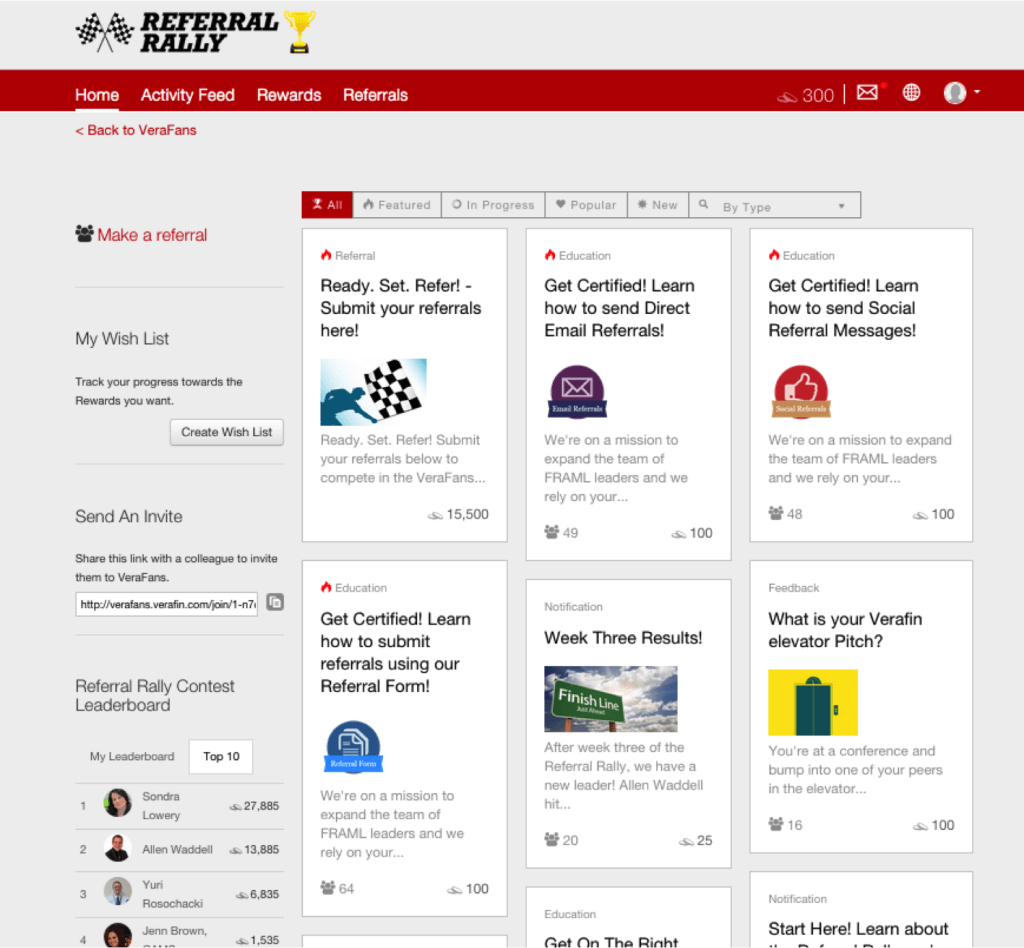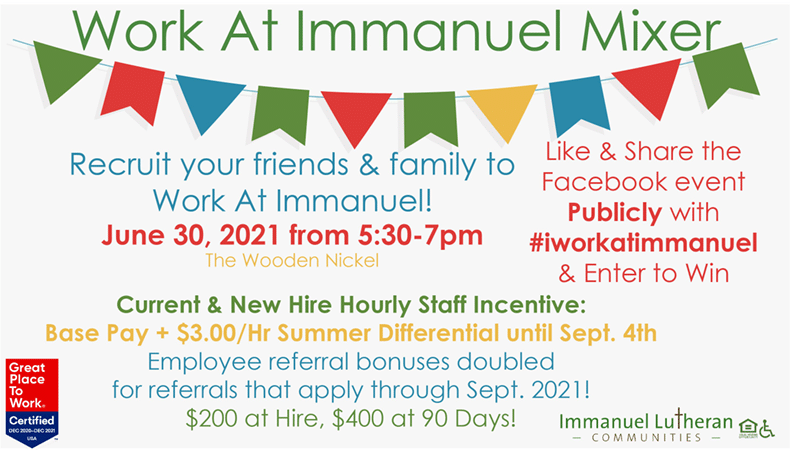An employee referral program, when done right, is a super-effective method to bring in new customers or recruit top talent. The best part — it’s low on cost but high on ROI. It’s also not that complicated to get started when there are so many ideas to choose from.
If you’re looking for specific employee referral program ideas to inspire your referral program development or enhance existing program features, we’ve got you covered.
In this article, we’ll list different types of employee referral program ideas to inspire your creativity and spark your imagination. We’ll also include what you need to know about each program idea, so you know what to expect and how to prepare.
But before that, a quick refresh on some basic concepts about employee referral programs.
What is an employee referral program?
Employee referral programs are formalized programs that businesses create to encourage employees to refer new customers, or to refer quality candidates for job openings. To make the program effective in generating the intended outcomes, businesses usually provide incentives, also called referral rewards or referral bonuses, for successful hires or qualified new customers.
Employee referral programs can be divided into two types:
Employee-to-employee referral programs – where your own employees refer qualified candidates as potential new hires for open positions. Your employees get rewarded as the referred candidates move through the hiring or recruitment process.
So, you can reward the employee for successful hires. Alternatively, you can reward in stages – such as a bonus at the time of shortlisting for interviews, another at the time of hiring, and a third once the referral has completed 3 or 6 months successfully on the job.
Employee-to-customer referral programs – where current employees refer potential new customers or leads and get rewarded when their referrals make their first purchase.
Regardless of whether you’re doing one type or a combination of both types, we’ll share employee referral program ideas that your employees will find both exciting and inspiring.
Top employee referral program ideas: For any employee referral program
First, we’ll start with some referral marketing ideas that will work regardless of the type of program you select. You can use them for either employee-to-employee programs, employee-to-customer programs, or both simultaneously.
1. Consider experiential rewards
Conventional wisdom dictates that the most favored reward would be cash. After all, your employees can use cash to purchase whatever they want. There’s also a space for traditional commodity-based or monetary rewards such as gadgets, swag, gift cards, and vouchers.
But interestingly, experiential rewards can be just as exciting to receive for your employees. Experiential rewards, as the name suggests, offer “experiences,” for example, travel experiences, health experiences, or even spa experiences.
The best way to approach this idea is to survey employees beforehand to understand the kind of experiences that they would enjoy the most. This gives you a baseline to work with in terms of what your employees expect as rewards. Besides, employees who love your rewards will continue to feel motivated to stick with the referral process and bring in quality referrals.
Examples of experiential rewards include sports tickets, concert tickets, spa days, gym memberships, and theater tickets. Also, look at higher-value experiences for higher-value referrals. You could, for instance, offer credits towards a travel experience to a destination of choice.
2. Reward with learning and development opportunities
Showing employees that you care about supporting their learning and development can hugely motivate them. Knowledge enhancement and skill development are seen as critical to improving one’s ability to move up the career path and enhancing one’s perceived value.
You could offer referral rewards that directly relate to an employee’s educational expenses up to a specific value. For example, if your employees have expressed interest in attending educational conferences or networking trips, you could offer to cover all or part of their admission, lodging, and/or travel expenses. The value of the reward correlates with the value of the referral.
You could also pay for classes or training programs that support skill development, regardless of whether or not the skill relates directly to their role in the company.
3. Incentivize with days off
A lot of employees appreciate having extra days off. Employees will enjoy the additional time they get to spend with their families, or get some cherished “me time” to catch up on personal goals. Time off can be a great reward, not to mention a great motivator.
When you give days off to your employees, it can actually help boost productivity.
While you let that sink in, remember; giving employees time off can also help them get some much-needed rest and return to work feeling rejuvenated, focused, and motivated.
4. Create a rewards menu
When Baskin Robbins came out with its line of 31 flavors during its launch in 1953, the availability of choice made it a powerful draw for ice cream enthusiasts. The idea quickly caught on as businesses started to realize the power of choice and how that made consumers feel more in control of how they engage with companies.
Employees will enjoy choice just as much as the next consumer. The freedom to choose rewards from a list of options after reaching a value of referrals can be motivating for employees. That’s, provided you’ve done the homework of pre-surveying what your employees really want.
But avoid overwhelming your employees with too many choices. Pick a selection of rewards that are the most popular, say about four to five. Showcase them to your employees, clearly indicating how much value of referrals is needed to be earned to win each. It makes the process clear, visible, transparent, and, most importantly, trustworthy.
5. Give back to charity
Referral rewards in the form of charitable donations can be a great motivator too. Some employees are more “other-centered” and may appreciate the opportunity to donate to a charity instead of spending on themselves.
Choose a charity that aligns with your business values and company vision. Or, provide options for a few different charities. Alternatively, you could even consider the employee’s choice if that’s compatible. You could offer to donate in the employee’s name for every successful referral they make.
6. Run your program with referral software
If you’ve never considered how referral software can be intrinsically motivating to your employees, it may be time to re-strategize.
When you use software, it underlines how serious you are about creating a high-quality referral program for your employees. Employee referral program software can tell you exactly how your program is doing, who’s referring, and how much they’re earning. Your employees will also appreciate the fact that the software will automatically reward them when their referrals either make a purchase as a client, or move through the hiring process as prospective new employees.
Referral Rock is an excellent choice for an employee referral program software. We can help you run both employee-to-employee and employee-to-customer programs, for the greatest flexibility.
7. Think about gamification
Gamification means running your program like a popular video game or mobile game, so you have things like leaderboards and achievements. Gaming fans are always looking to meet goals, achieve the top position, and get prizes. Extra rewards, bonuses, and incentives can be gratifying. Why not use the same strategy for your employee referral program?
You could start by creating leaderboards and embedding these in your internal communication channels in a visible location or on your office notification boards. Look at additional prizes for the top referrers per month, quarter, or year. Your more competitive employees will love the opportunity of flexing their sales or recruitment skills.
You can also do achievement badges at referral milestones with the chance to unlock specific physical prizes.
Remember to do shout-outs to your winners in team meetings, on your website, the company blog, and on your social media channels like LinkedIn, Facebook, Instagram, and so on. Your employees will enjoy being recognized for a job well done.
8. Hold a promotional party
Another very effective idea is holding a pre-referral program promotional party. The idea behind having a party is to drum up excitement and create a heightened interest in the program launch.
Create a relaxed, light-hearted environment. Serve up great eats and drinks before proceeding to discuss your program. Talk about what the program is about, how to participate, the rewards on offer, as well as how and when these rewards will be paid out to the employees. Also, discuss the rules and regulations in your employee referral policy, so that employees are updated on what they can do and shouldn’t.
You could even surprise your employees with a guerrilla pop-up event!
9. Extend eligibility to former employees
One idea worth considering is reaching out to former employees. That’s provided you parted on good terms to start with, and the employee positively contributed to your organization.
Even though the former employees no longer work with your company, they may know “someone who knows someone who knows someone!” Casting a wider net can help you increase the chances of having more quality referrals. Also, if your former employee was happy working with you, they can be the best organic brand ambassador for your company.
Top employee referral program ideas: When employees refer employees
Next, we’ll cover some of the best employee referral program ideas for when you want your employees to refer great candidates for job openings at your organization.
1. Use tiered rewards
Rewarding your employees for successful hires once they’re hired is a great idea. But doing a one-time reward may not be as motivating as following a tiered rewards structure. If the candidate doesn’t get hired, the referring employee may find it demotivating and frustrating, especially if some time has passed since they did the referral.
Instead, offer smaller rewards at the different stages of the recruitment process, graduating in value as the referral moves through the process. You could offer your biggest or highest-value bonus once the candidate has completed the final stage, which is ideally completing 30 to 60 days successfully as a new hire (although this isn’t set in stone and is entirely up to your company).
This may mean offering a reward to your employee when:
- The referred candidate completes and sends the job application
- The referred candidate completes or passes the interview
- The referred candidate gets hired
- The referred candidate completes a pre-determined duration successfully as a new hire. This usually varies from 60 to 90 days for most companies.
2. Try a “bring a friend” happy hour
Consider hosting a “happy hour” where employees can bring friends they refer for new positions. It’s a strategy that software giant Salesforce used to great success in their recruitment strategy.
Both you and your employees may find this approach refreshing when you compare it with the intensity of a one-on-one interview process in a formal business environment.
Candidates can feel much more relaxed and comfortable sharing their natural personalities when accompanied by friends in a more laid-back setting. As a prospective employer, you can also dispense with unnecessary formalities and use the opportunity to feel out candidate personalities and decide if they could potentially be a good fit.
Candidates can be just as picky about employers. A “bring a friend happy hour” can help candidates make up their minds too.
And as for your employee, they’ll appreciate the chance to bring the candidates directly to you for a brief lookover.
3. Give bigger rewards for harder-to-fill positions
Some positions are traditionally a lot harder to fill, like specialist roles and senior/upper management roles. Finding the right candidate in terms of skills, qualifications, and sheer fit can be grueling, especially if you need the candidate yesterday.
You can enlist your employees to do some of the legwork for you by providing more valuable employee referral rewards for these extra hard-to-fill roles. That’s over and above your existing rewards structure for your regular job positions.
4. Reward with a lunch
Who doesn’t love a good meal? On a referred new hire’s first day, you could take the referring employee and the new hire out for a nice lunch. It sets a positive tone for your working relationship and helps to cement it, and helps the new employee feel at ease. It also says a lot about you as an employer. We suggest you use this in conjunction with other rewards schemes to make it most impactful.
Top employee referral program ideas: When employees refer customers
If you want your employees to refer new customers, here are some employee referral program ideas that can help:
1. Reward the referring employee and their friend
When you reward both the referring employee and their friend, you’re spreading the sunshine around. Your employee will feel rewarded for their effort, while the friend will feel validated in having made the choice to buy from you or sign up with you.
This type of reward structure is also known as a dual-sided referral reward because both sides get rewarded in the transaction. Ideally, you want the referred friend’s reward to tie back to your business. So, you lock your new customer into your business by offering store credits, discounts, or free products.
2. Use tiered rewards
In an employee-to-customer referral program, a tiered rewards structure rewards employees when they reach specific referral milestones. For example, a reward when they refer one client, additional rewards when they refer five new clients, and so on. In this sense, the rewards are cumulative – they increase in value based on the value of the clients or the number of referrals they bring in.
You could also, for example, award a gift card for one successful referral, a baseball game ticket for five successful referrals, and free conference admission for 10 successful referrals. Of course, this would be great if your employee was a baseball fan, but not so much if they aren’t. That’s why pre-surveying employee preferences is so important.
3. Consider a more formalized employee ambassador program
Formalizing an employee ambassador program can make it more real and credible for your employees. It also signals that you’re serious about creating a program that benefits employees too. An employee ambassador program is similar to an employee referral program, but employees require some level of training before they can start to make referrals and earn rewards.
Your employees will be functioning as brand ambassadors, so it’s essential that you educate them on how to promote authentically without sounding overtly salesy. It also has the added benefit of having your employees create content for you but in their own organic voice.
4. Start a customer referral program alongside your employee program
Last but not least, think about starting a customer referral program alongside your employee referral program. While this doesn’t relate to your employee, it does benefit referred customers in that they can earn while referring others to your business.
All your customers and employees then become part of this super referral engine powering the growth of your business.
Conclusion
It’s easy to feel overwhelmed when you’re strategizing employee referral program ideas for your business. That’s why we’ve designed this list for you. All the ideas we’ve provided have been battle-tested and used by some of the most successful companies in the world. Use these ideas as is, or feel inspired by them to develop your own novel employee referral program ideas. And be sure to run the whole process with employee referral software. Good luck!









